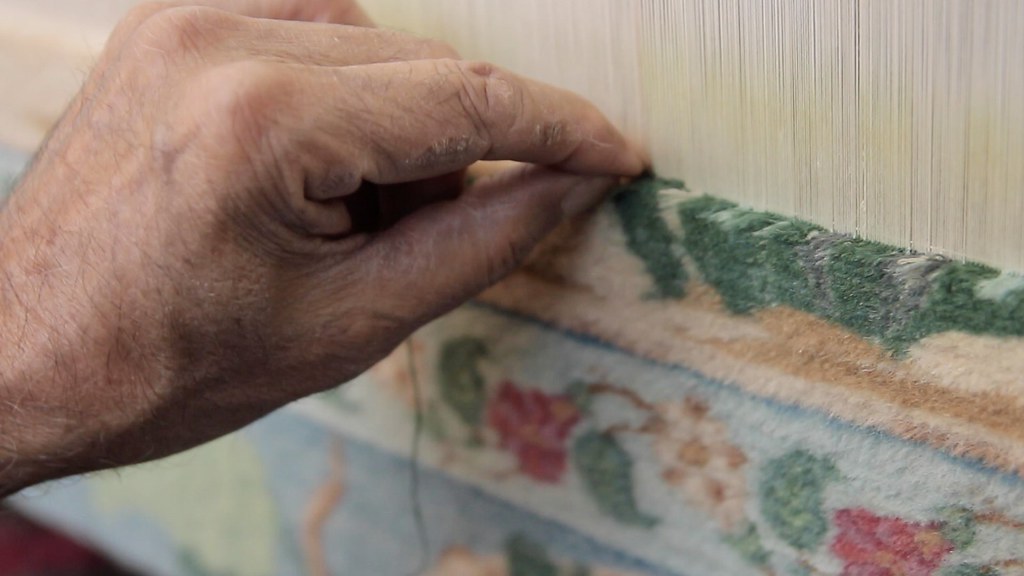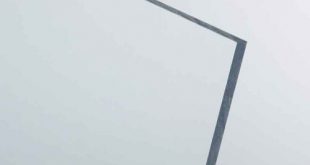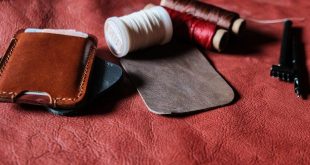Carpet is a French word, which appeared in the twentieth century, whose etymology has not yet been clarified; defines a fabric of wool or other fibers, with long or short pile, fixed to the floor.
The carpet can be considered as the natural evolution of the carpet; those who choose carpet as an element to furnish an environment can be driven not only by an aesthetic factor, but by the warmth and intimacy that this type of floor gives to the rooms, by the characteristic of muffling noises and sometimes, as frequently happens in France, to cover a ruined floor.

Despite all these positive qualities, carpet has been unfairly “criminalized”, as a receptacle for dust and pests (insects and mites), to have a high electrostatic charge. Conclusion: a choice not to be recommended. We believe instead it was only a victim of the wrong way in which it is used; like all floors, it needs regular maintenance by the recommended carpet cleaners.
The carpet floor requires less care than one might think, and one of the advantages is represented by the savings in maintenance costs; a study carried out by the American Carpet Institute has shown that the maintenance cost of the textile floor is 42-45% lower than other types of flooring.
The fibers commonly used for the manufacture of carpets are divided into:
Artificial fibers:
Today they are the most used for the manufacture of carpets, we recall the acrylics, which are obtained starting from a vinyl derivative, called acrylic nitrile, from which the name derives. They are the ones that most resemble wool; the color is added to the melted polymer and becomes an integral part of the fiber. They are normally not very absorbent and therefore the pouring of liquids does not cause stains; the electrostatic charge is quite low. They can be used for the manufacture of carpet alone or in combination with wool; excellent resistance to alkaline detergents.
Polyamide fibers:
They are obtained by polycondensation of acids such as adipic and sebacic acids with the lendiamine (monomer) properties. The most important product in this category is nylon, which is insoluble in ordinary organic solvents such as alcohol and petrol. It is very similar to silk, but very elastic and resistant to abrasion and therefore wear; it is not attacked by moths or molds. The transmission of static electricity is quite high. Maintenance is minimal and washing is very easy even using alkaline detergents.
Polypropylene fibers are obtained by polymerizing ethylene in the presence of catalysts such as to obtain a polymer. They have the characteristic of great antistaticity and excellent abrasion resistance;
Natural fibers: wool is an animal fiber coming from many species of sheep, and other woolly animals: chemically it is a horny protein substance (creatine) that is practically not charged electrostatically. The internal structure is of the fibrillar type.
It has a high degree of thermal insulation, is very elastic and stretchable, it is absorbent and it is fire resistant. It is not resistant to alkaline detergents. Jute is a vegetable pound from a plant belonging to the lime family, pale yellow or yellow-brown in color.
It consists of cellulose combined with a substance similar to tannin. It is used as carpet for floors subjected to intense traffic or for furnishings of a particular type such as rustic. The knot is quite thick; it absorbs moisture a lot and therefore care must be taken not to place it in open rooms.
As we have seen, there are several types of fiber used in making carpets. Choose the one that fits your expectations and needs.
 World inside pictures Collect and share the best ideas that make our life easier
World inside pictures Collect and share the best ideas that make our life easier








